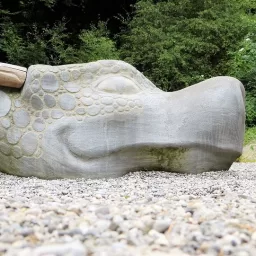Are you experiencing trouble with your wire harness assemblies? As experienced technicians, we become set in our ways and used to a particular way of doing things. Even though your technicians were trained on the correct methods, once the actions become instinctual they may develop bad habits that can lead to quality issues. Here are six of the most common issues and what you can do about them.
1. Incorrect Preparation and Staging
Preparing wires for a harness involves: selecting the right wiring product, cutting it to the specified length, and stripping the ends. While this is often done via an automated machine, user error and poor machine maintenance and adjustment can lead to problems. Make sure you are selecting the right size wire, and that the machine is adjusted properly.
2. Poor Harness Layout
Beyond prepping wires, if they are not laid out correctly to be connected to the harness chassis it may not fit in the finished product, or may lead to excessive lengths of wire that will need to be trimmed. Often, creating a form board can help technicians easily identify the wires needed, if any are missing, and where they should be placed.
3. Shoddy Labeling
Probably one of the most common problems experienced with mass produced wire harnesses is improper labeling. One good way to make sure the wire harnesses you receive are labeled correctly is to develop a system that checks for accuracy before the labels are even printed. One good way is to create sample labels for your mock-up or traveler product when you place the work order.
4. Defects in the Crimping Process
Crimping is by far the most widely used method for terminating wire ends. When crimps are not done properly it can lead to short circuits or open circuits within the product. Or, the crimp could spontaneously fail, even if it passed a functional test. Regardless of whether you are hand crimping or using a machine, it is important to ensure equipment is set up correctly for the size of wire you are crimping.
5. Defects in Soldering
There are many issues that can arise when soldering your wires to their terminals. A soldering temperature that is too cold or too hot, poor soldering technique, or using the wrong size of iron tip on the soldering gun can all lead to issues within the circuit, and eventually, the finished product.
6. Wrong or Missing Hardware
As your line works quickly, constantly trying to meet deadlines for production, it can be easy to overlook a wire with a missing terminal connector, or that the incorrect wire is attached to the wrong hardware. Often, the best way around this is to train technicians to double check their work against the assembly specification documents.
BY by GAHZLY
El Sewedy wire prices 2022
#Common #Issues #Wire #Harnesses




